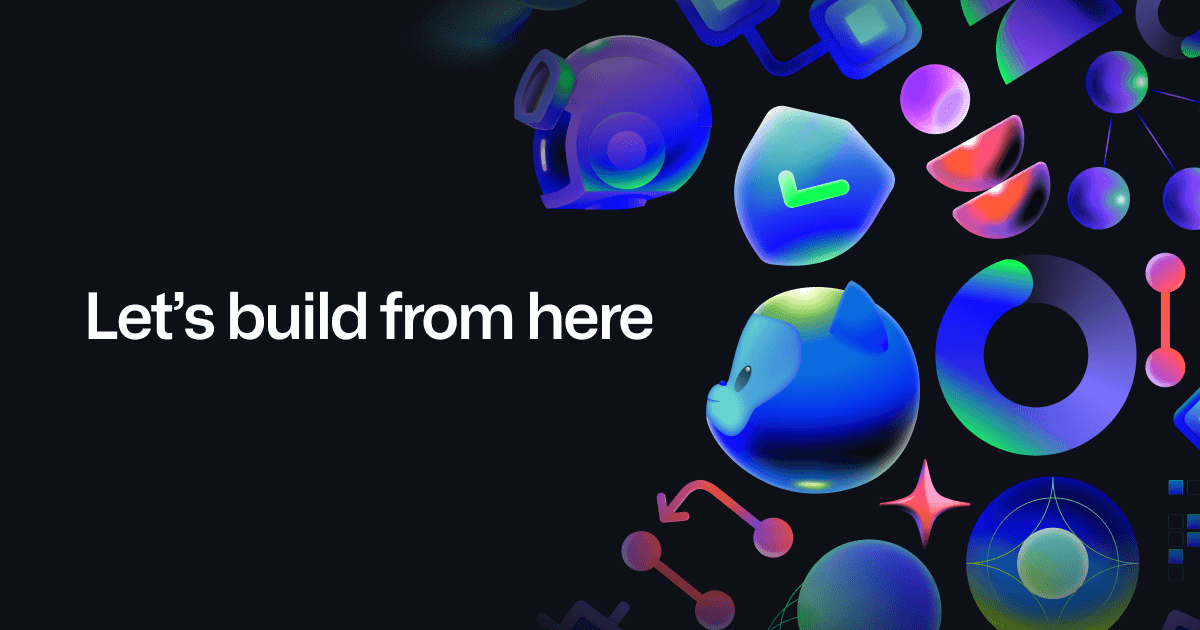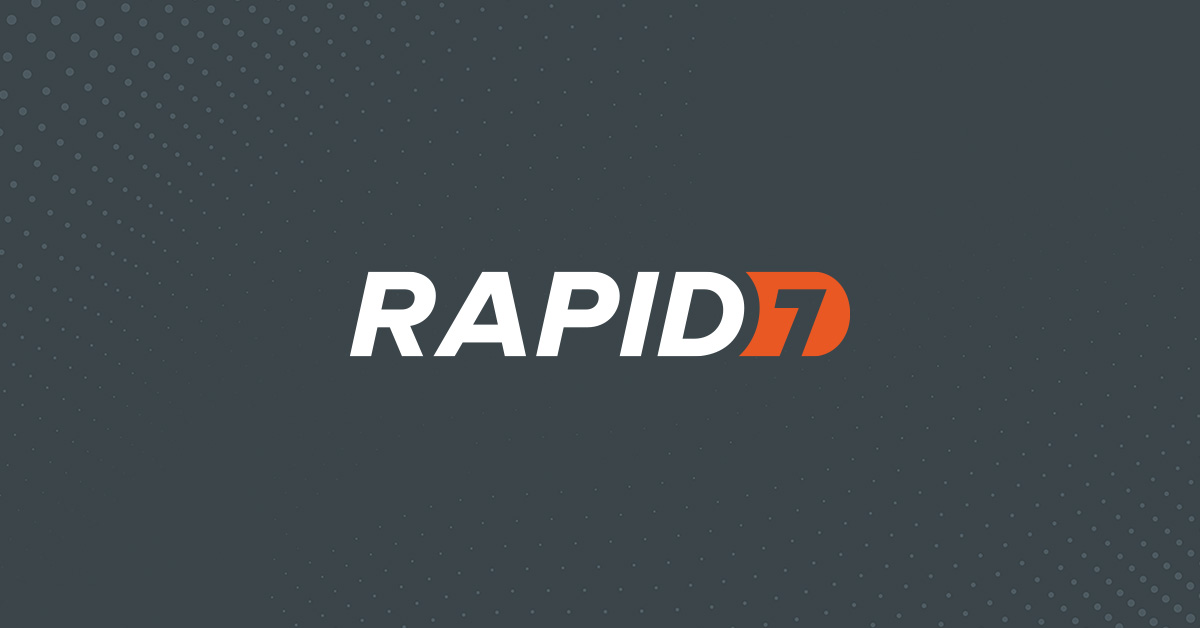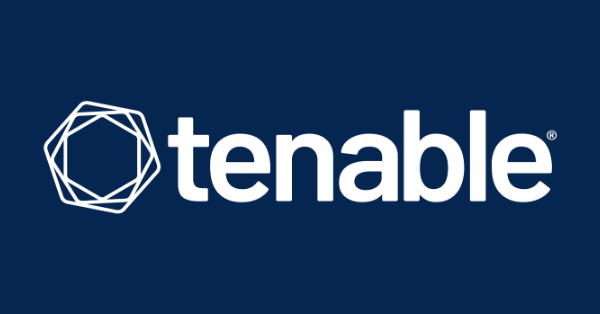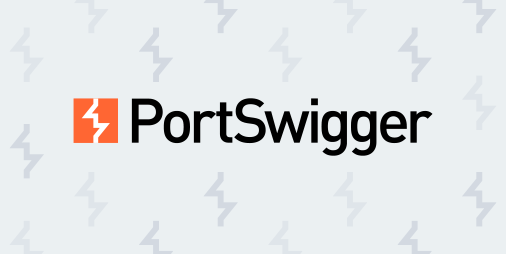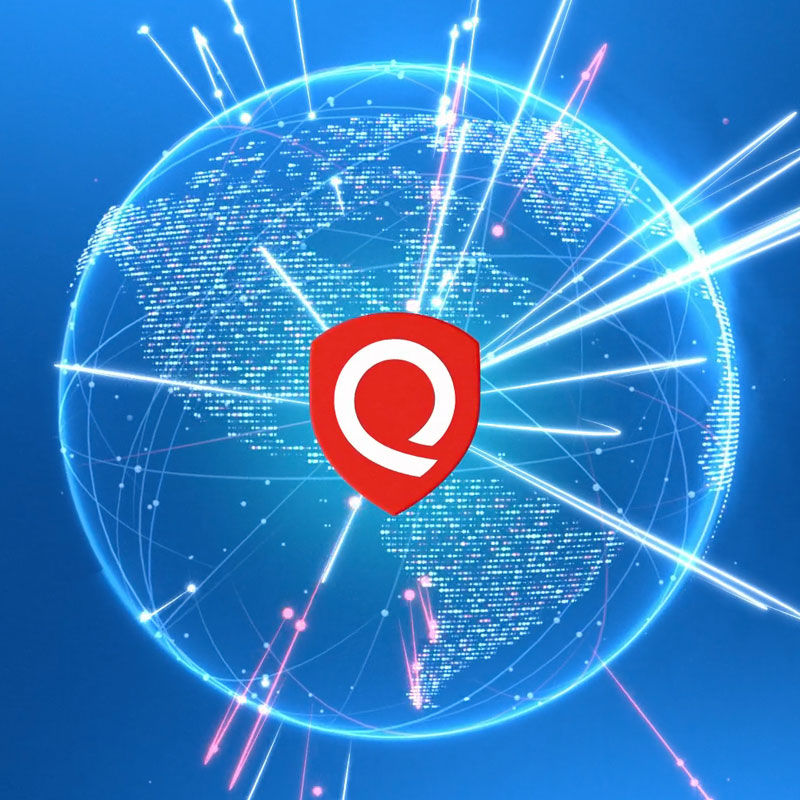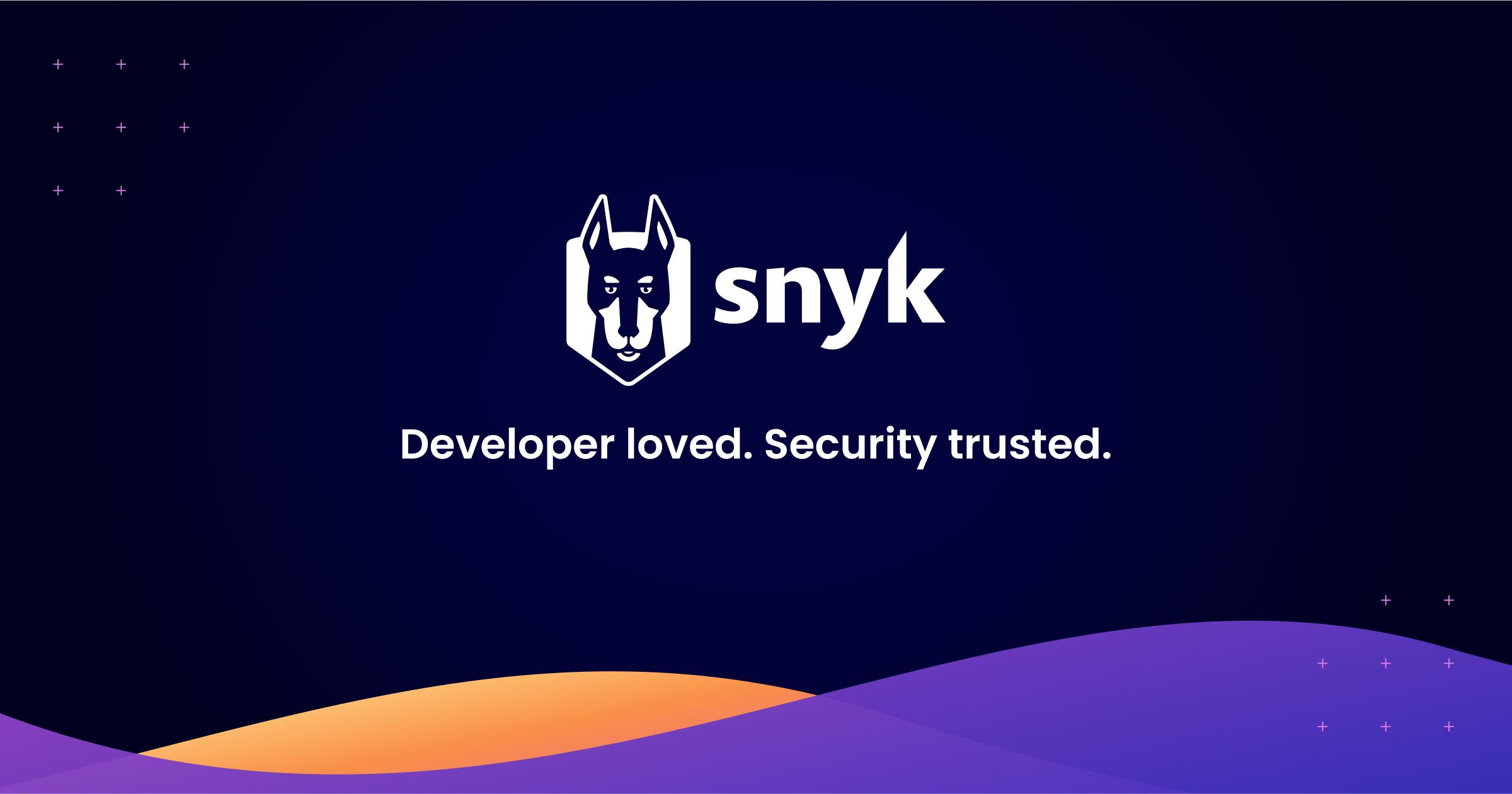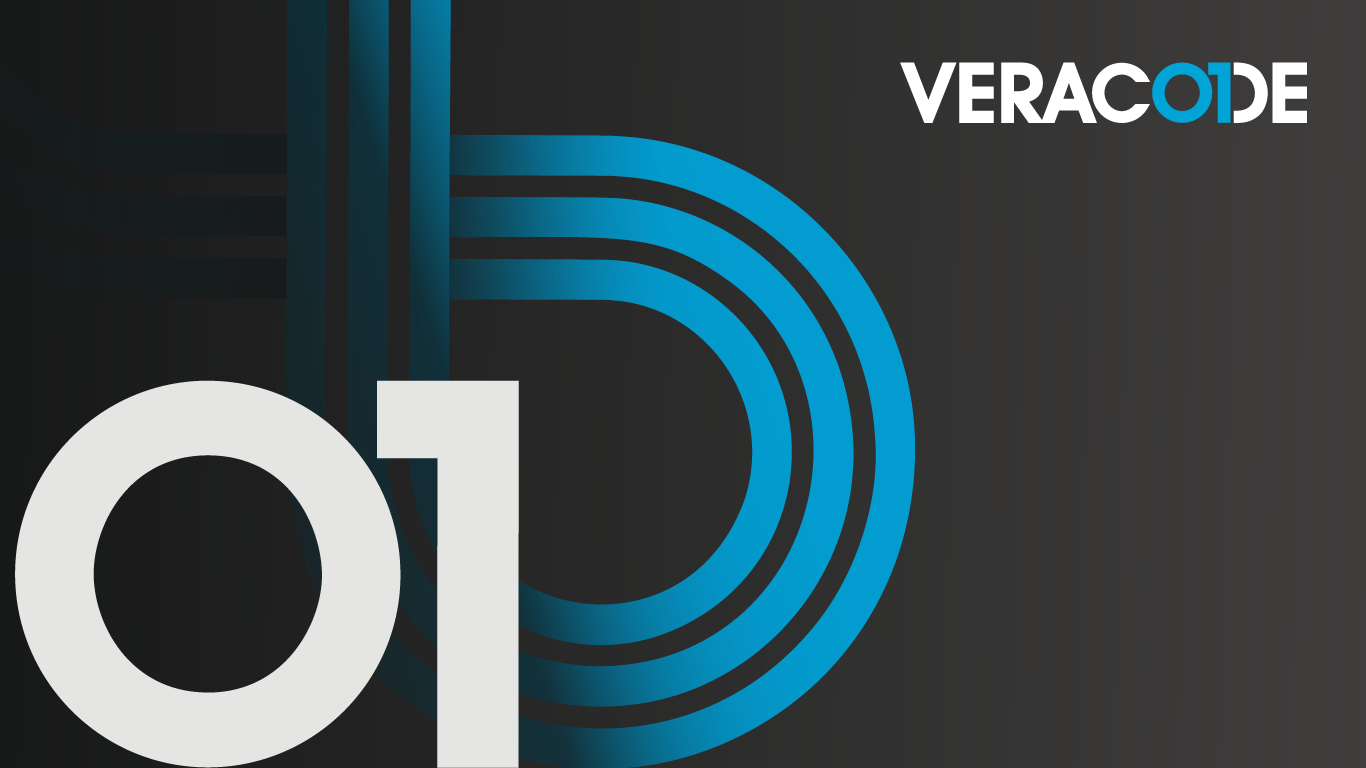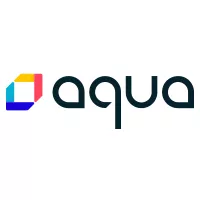Introduction
With the ever-increasing sophistication of cyber attacks, it is critical for organizations to regularly scan their digital assets and infrastructure for vulnerabilities. This helps identify weaknesses that could potentially be exploited by hackers before they cause damage. In this blog, we evaluate 15 of the most popular vulnerability scanner software and platforms currently available based on different evaluation criteria.
Methods of Evaluation
We evaluated each vulnerability scanner based on key factors like features, supported platforms, pricing, ease of use, integration capabilities, number of deployed assets, frequency of software updates, reviews from industry analysts and users. We also looked at metrics like backlinks, traffic and keyword trends to understand their market presence and online visibility.
1. Nikto
Nikto is a free and open source web server scanner designed to scan web servers for dangerous files/programs, outdated components, configuration and deployments issues, and vulnerabilities. Nikto has been in active development since 1999 by Chris Sullo and friends.
Pros: Some key advantages of Nikto include:
– Detection of outdated or vulnerable scripts, programs and system components
– Scanning of server configuration details and setups that could pose security risks
– Identifies deployment issues and misconfigurations
– Free to use and regularly updated with new detections
Cons: A potential disadvantage is that as a command line tool, Nikto may have a steeper learning curve compared to graphical vulnerability scanners.
Pricing: Nikto is completely free and open source. There are no licensing costs or fees to use the tool.
Some key stats about Nikto include:
– Actively maintained since 1999
– Used by security professionals worldwide for vulnerability scanning
– Lightweight and designed for command line use
– Free and open source under GNU General Public License
2. IBM Security AppScan
IBM Security AppScan is a vulnerability scanning and management platform developed by IBM. AppScan allows users to identify security vulnerabilities in web applications, APIs and microservices across the development lifecycle. It supports comprehensive static application security testing (SAST) and dynamic application security testing (DAST).
Pros: Some key advantages of IBM Security AppScan include:
– Integrated SAST and DAST scanning allows for comprehensive coverage
– Supports many languages and frameworks out of the box with no need for custom plugins
– Developer-friendly interface and IDE/CLI integrations make it easy for developers to fix issues
Cons: One potential disadvantage is that AppScan is an enterprise-level product which requires an ongoing subscription. For smaller teams or startups, the pricing may be prohibitive.
Pricing: IBM Security AppScan pricing is based on an annual subscription model. Pricing varies based on number of applications scanned and desired support level. Contact IBM sales for an exact quote.
Some key stats about IBM Security AppScan include:
– Scans over 30 programming languages and frameworks including Java, .NET, Python, Node.js, and more.
– Over 20 years of continuous development and updates
– Used by over 5,000 organizations globally including 90% of Fortune 500 companies
3. MicroFocus Fortify
Micro Focus Fortify is a leading vulnerability management and application security testing platform. Originally developed by Fortify Software, Micro Focus Fortify leverages static and dynamic application security testing (SAST and DAST) to identify vulnerabilities in web applications.
Pros: Some key advantages of Micro Focus Fortify include: An on-premise and SaaS-based delivery model providing flexibility. Automated web application scanning and static code analysis to improve efficiency. Broad coverage of languages and frameworks. Seamless integration with development pipelines through APIs and plugins for tools like Jenkins and Bamboo.
Cons: One potential disadvantage is that the on-premise deployment can require more upfront costs and resources for setup and maintenance compared to the SaaS option.
Pricing: Micro Focus Fortify is available as both an on-premise and SaaS solution. Pricing varies based on the selected option and number of applications, users, and scans but generally starts at around $5,000 per year for the SaaS option.
Some key stats about Micro Focus Fortify include: It scans over 1 trillion lines of code annually. It supports over 45 programming languages and frameworks out of the box including Java, .NET, PHP, Python and JavaScript. It has identified over 5.5 million vulnerabilities to date.
4. Rapid7 InsightVM
Rapid7 InsightVM is a vulnerability management and risk analytics platform developed by Rapid7. InsightVM enables enterprises to gain insight into their attack surface and proactively protect their digital infrastructure and applications from cyber threats. It leverages best-in-class technology for asset discovery, vulnerability scanning, risk scoring and prioritization, and compliance reporting.
Pros: Some key advantages of InsightVM include: Asset discovery and mapping capabilities, Internal and external vulnerability scanning, Compliance monitoring and reporting, Strong authentication and authorization controls.
Cons: A potential disadvantage is that InsightVM is primarily suited for medium to large enterprises due to its pricing. Small businesses may find some of its features overkill for their needs.
Pricing: Rapid7 InsightVM pricing is based on a software-as-a-service (SaaS) subscription model. Pricing starts at $2,400/year for 25 assets and goes up based on the number of assets being monitored and scanned. It also has flexible term-based licensing options for 1, 2, or 3 year agreements.
Some key stats about InsightVM include: It can monitor over 350,000 vulnerabilities and exposures. It supports scanning of over 45,000 technologies and assets including network devices, web applications, endpoints, IoT, OT and cloud workloads. It has discovered over 1 billion assets for customers globally. InsightVM assets and vulnerabilities data powers the Rapid7 vulnerability database which contains over 15 years of intelligence.
5. Nessus
Nessus is a vulnerability scanning solution developed by Tenable, Inc. Nessus enables organizations to identify and prioritize vulnerabilities across their environments to reduce cyber risk. It scans for known vulnerabilities and configuration issues across networks, systems, assets, and applications.
Pros: Some key advantages of Nessus include:
– Wide range of vulnerability scanning capabilities for networks, systems, containers, cloud infrastructure and more
– Seamless integration with popular cloud platforms and technologies like AWS, GCP, Kubernetes, etc.
– Intuitive reports and dashboards to view scan results and prioritize vulnerabilities
– Regular software and vulnerability database updates to keep scans accurate
Cons: One potential disadvantage is that the subscription pricing model and additional plugins can increase the total cost of ownership compared to some open source vulnerability scanners.
Pricing: Nessus is available in various subscription tiers including Nessus Professional starting at $2,500 per year for 25 nodes and Nessus Essentials starting at $800 per year for 5 concurrent scans. Additional pricing options are available for larger enterprises and managed service providers.
Some key stats about Nessus include:
– Used by over 35,000 organizations worldwide
– Scans for vulnerabilities across over 130,000 identifiers
– Regularly updated vulnerability database ensures accurate scans
– Integrates with 55+ technologies including AWS, Azure, GCP, Kubernetes, etc.
6. Burp Suite
Burp Suite is a graphical tool for testing the security of web applications. Developed and maintained by PortSwigger, Burp Suite allows users to test how web applications respond to various inputs and probes. Some key features include a proxy for interception and inspection of HTTP/HTTPS traffic, a spider for mapping application structure and content, a scanner for detecting vulnerabilities, a repeater for crafting customized requests, and a sequencer for analyzing session-handling behavior.
Pros: Some key advantages of Burp Suite include: – Comprehensive set of features for manual exploration and automation. – Free community edition available along with commercial licenses. – Highly customizable through the extensible engine and ability to develop extensions. – Actively maintained with frequent updates that address the latest vulnerability types.
Cons: The main disadvantage of Burp Suite is that it requires manual effort and can sometimes identify false positives that require verification. The paid professional version also comes at a higher cost compared to some competitors.
Pricing: Burp Suite has the following pricing tiers: – Burp Suite Community Edition (Free): Includes basic features for testing and exploring web applications. – Burp Suite Professional ($499/year): Adds automated scanning, live security monitoring, collaborative features and official support.
Burp Suite is one of the most popular and widely used web application security testing tools. It has over 2 million downloads and is utilized by hundreds of thousands of security professionals. Some key stats include: Automated scanning identifies over 500 unique issue types across multiple vulnerability classes. The browser proxy intercepts millions of requests annually for security researchers and developers.
7. Qualys Vulnerability Management
Qualys Vulnerability Management is a leading vulnerability detection and risk management solution offered by Qualys, Inc. It offers continuous scanning of IT assets, prioritized vulnerability remediation recommendations, configuration assessment, and compliance reporting to help organizations identify and address cybersecurity risks.
Pros: The main advantages of Qualys Vulnerability Management include:
– Cloud-based delivery model with pay-as-you-go pricing
– Ongoing vulnerability updates and patches
– Mobile app for on-the-go access
– Extensive reporting and anomaly detection
Cons: One potential disadvantage is that the free trial version only allows scanning of a limited number of assets/vulnerabilities which may not be sufficient to fully evaluate the platform for large scale deployments.
Pricing: Qualys Vulnerability Management pricing starts at $1,995 per year for the basic Scanner Appliance SKU which supports scanning of up to 500 assets. Additional pricing tiers are available depending on number of assets/vulnerabilities to be scanned with largest deployments requiring custom quotes.
Some key stats about Qualys Vulnerability Management include:
– Scans over 1.4 million assets per day
– Identifies over 100,000 new vulnerabilities each year
– Supports scanning of over 1,200 different technologies
– Provides compliance reporting against over 35 regulatory frameworks
8. Snyk
Snyk is a cloud-based application security platform that helps developers find and fix vulnerabilities in their code. Founded in 2015, Snyk provides both a command line interface (CLI) and SaaS solutions for container and code level vulnerability management to help organizations develop fast while staying secure.
Pros: Some key advantages of Snyk include:
– Detection of vulnerabilities in open source dependencies and libraries used in applications
– Integrates seamlessly with version control systems like Git, code hosting platforms like GitHub and Docker container platforms
– Provides both CLI and SaaS solutions depending on the needs of the organization
– Continuously monitors dependencies for new vulnerabilities
– Automates fix suggested for identified vulnerabilities
Cons: One potential disadvantage is that the Snyk free tier has limited functionality and advanced features require a paid subscription.
Pricing: Snyk offers the following paid plans:
– Team: Starts at $100/month for up to 5 developers
– Business: Starts at $499/month for up to 50 developers
– Enterprise: Custom pricing for very large teams
Some key stats about Snyk include:
– Protects over 4 million developer workflows
– Scans over 7 billion dependency paths per month
– Has identified over 7 million vulnerabilities
– Integrates with over 30 development tools
9. Tripwire Enterprise
Tripwire Enterprise is a leading vulnerability management and security configuration monitoring solution developed by Tripwire. Tripwire Enterprise allows organizations to gain visibility and control of their IT systems, configuration changes, vulnerabilities, and external threats across physical, virtual, cloud and container environments.
Pros: Some key advantages of Tripwire Enterprise include:
– Agentless and agent-based discovery methods allow for flexible deployment across hybrid environments
– Continuous monitoring of assets and configurations ensures vulnerabilities are found and addressed before they can be exploited
– Integration with major ITSM platforms like ServiceNow allows security issues to be tracked as tickets to resolution
– Out-of-the-box compliance templates help automate assurance of standards like CIS Benchmarks, PCI DSS, NIST and more
Cons: One potential disadvantage is that the full capabilities of Tripwire Enterprise may not be necessary for some smaller organizations with less complex IT infrastructures and compliance requirements. The solution is more geared towards large enterprises with thousands of systems across many environments.
Pricing: Tripwire Enterprise pricing is customizable based on the number of assets under management. There are on-premise perpetual licensing options as well as cloud-based SaaS subscription plans starting at around $3,000/year for up to 500 assets.
Some key stats about Tripwire Enterprise include:
– Over 25,000 global customers
– Supports discovery and monitoring of over 450 different systems and technologies
– Performs over 1 billion security configuration and integrity checks per day
10. BeyondTrust Vulnerability Management
BeyondTrust Vulnerability Management is a vulnerability scanning and remediation solution from BeyondTrust. It helps organizations identify, prioritize and remediate vulnerabilities across their IT environments to reduce cyber security risks. The tool integrates natively with BeyondTrust’s other privileged access management solutions for a unified vulnerability management program.
Pros: The key advantages of BeyondTrust Vulnerability Management include: Integrates with BeyondTrust’s other solutions for Privileged Access Management, Customizable scans and agent-based installations, Strong remediation workflows and recommendations, Detailed asset and vulnerability inventory.
Cons: A potential disadvantage is that the agent-based installation may take some time and resources to deploy across a large and complex IT estate.
Pricing: BeyondTrust Vulnerability Management pricing is based on the number of assets under management. It has tiered pricing starting from $3 per asset for up to 500 assets.
Some key stats about BeyondTrust Vulnerability Management include: Ability to scan over 15,000 system configurations and discover over 40,000 vulnerabilities. It maintains a vulnerability database of over 13,000 Common Vulnerabilities and Exposures (CVEs). On average, it finds 150 vulnerabilities per scanned server.
11. Veracode
Veracode is a leading global provider of application security testing tools and services. Founded in 2006, Veracode helps enterprises secure the software they build and buy. The company has analyzed applications hosted on billions of lines of code and detected over 150 million security flaws.
Pros: Key advantages of Veracode include: – Comprehensive SAST, DAST, SCA and IAST capabilities provide full visibility into application security risks – Seamless integration with IDEs and CI/CD pipelines allows for seamless workflow for developers – Dedicated research team continuously discovers new vulnerabilities to keep their platform up to date – Commercial offering provides advanced features for enterprise-level needs
Cons: One potential disadvantage is that Veracode’s pricing may be prohibitive for smaller development teams or startups operating with tighter budgets.
Pricing: Veracode offers different pricing tiers based on usage including single app packages starting at around $3,000/year and enterprise licenses priced according to usage and needs that can range from $50,000 to over $500,000 annually.
Some key stats about Veracode include: – Scans over 5 billion lines of code annually – Manages security of applications for more than 3,000 customers globally – Over 10 years of experience in application security – Research team discovers an average of 200 new vulnerabilities per year
12. Acunetix
Acunetix is one of the leading web vulnerability scanning solutions globally with over 15 years of experience helping organizations secure their web applications. Acunetix offers an end-to-end solution to scan web applications, APIs and web services for security vulnerabilities and compliance issues. Their vulnerability scanning engine is known for its speed and accuracy in detecting vulnerabilities.
Pros: Some key advantages of Acunetix include:
– Vulnerability scanning of web applications, networks and code
– Mobile App for convenient vulnerability assessment
– Dedicating scanning appliances for large network scanning
– Reports benchmark compliance and impact of vulnerabilities
Cons: One potential disadvantage is that the pricing can be on the higher side for small teams or solo developers.
Pricing: Acunetix offers different pricing plans depending on business needs – starting from $999/year for the basic plan going up to customized enterprise plans. They also offer a free trial to explore the product capabilities.
Some key stats about Acunetix:
– Scans over 500 billion URLs and pages every month
– Protects over 30,000 business-critical web applications
– Has a vulnerability database of over 4,500 vulnerabilities
– Detected over 1.2 billion vulnerabilities since inception
13. SonarQube
SonarQube is an open source code quality, vulnerability scanning and static analysis tool developed by SonarSource. It provides developers continuous inspection of code quality to perform automated reviews with static analysis of code to detect bugs, code smells, and security vulnerabilities.
Pros: Key advantages of SonarQube include: it is open source and free to use, provides built-in static analysis to detect vulnerabilities, is language agnostic so can analyze most major coding languages, and allows customization through plugins and rules to fit specific needs.
Cons: A potential disadvantage is that as an open source tool, it may not have enterprise level support available from the vendor compared to proprietary products. Customizing and maintaining large SonarQube instances can also require technical expertise.
Pricing: SonarQube has both free and paid versions. The free Community Edition can be used for unlimited developers and projects. Paid subscriptions include the Developer, Team, Enterprise and Data Center editions with additional features like support, governance dashboards, and expandability.
Some key stats about SonarQube include: it supports over 20 programming languages including Java, C#, Python, JavaScript and more. It has been downloaded over 100 million times and is used by over 16,000 organizations worldwide including BMW, eBay, and CERN. Over 250,000 developers actively use SonarQube for code quality monitoring on a monthly basis.
14. Checkmarx
Checkmarx is an application security company providing software security solutions to help organizations build secure software. Founded in 2006, Checkmarx is headquartered in Israel and New York City with over 1,000 enterprise customers globally including 8 of the top 10 software vendors. Checkmarx offers solutions for software composition analysis, static application security testing, interactive application security testing and developer secure coding training.
Pros: Some key advantages of Checkmarx include:
– SAST and Software Composition Analysis capabilities allow for detecting vulnerabilities and open source license issues
– Supports all popular code repositories like GitHub, GitLab, Bitbucket allowing for seamless integration
– Customizable policy templates and reports help prioritize vulnerabilities for developers
– Integrations with tools like Jira, Jenkins allow vulnerability fixes to be tracked through development workflows
Cons: One potential disadvantage is the cost as it is an enterprise-level solution priced for large organizations with substantial development needs. For very small teams, other open source or lower cost options may be more suitable.
Pricing: Checkmarx offers tiered pricing based on annual contract value and number of developers/lines of code scanned. Pricing starts at around $5,000/year for teams of under 5 developers and scaling up from there based on usage.
Some key stats about Checkmarx include:
– Scans over 100 billion lines of code annually
– Over 1,000 enterprise customers worldwide
– Supports over 30 programming languages and frameworks
– Integrates with over 50 development tools
15. Aqua Security
Aqua Security is a cloud native security company that provides a unified platform for container security and visibility across the entire development lifecycle. The Aqua platform allows users to enforce security and compliance at code level by integrating with various tools such as Kubernetes, CI/CD pipelines, source code repositories and more. Some key features of Aqua Security include container scanning, runtime defense and compliance.
Pros: The main advantages of Aqua Security platform include:
– Container security platform with built-in vulnerability scanner
– Supports major container platforms like Docker, Kubernetes, Amazon ECS Fargate
– Provides static and runtime analysis of container images
– Allows integration with Active Directory/LDAP and source code repositories for approval workflows
Cons: One potential disadvantage is that the Aqua platform is a dedicated container security product and may not support scanning of non-container workloads.
Pricing: Aqua Security pricing starts from free trial and developer editions. For production use, pricing is available based on number of protected hosts/workloads starting from $3 per host for bronze plan to $6 per host for silver and gold plans with additional features.
Some key stats about Aqua Security include:
– Protects over 1.5 trillion container executions monthly
– Used by companies like Verizon, Comcast, Bank of America and more
– Scans over 4 million container images weekly for vulnerabilities
Conclusion
While all the mentioned vulnerability scanners are capable products, some may be better suited than others depending on your specific requirements like budget, team size, compliance needs etc. We hope this comprehensive analysis and comparison of the 15 top options provides useful insights to help you choose the best vulnerability scanner software for your unique environment and needs in 2023 and beyond.




